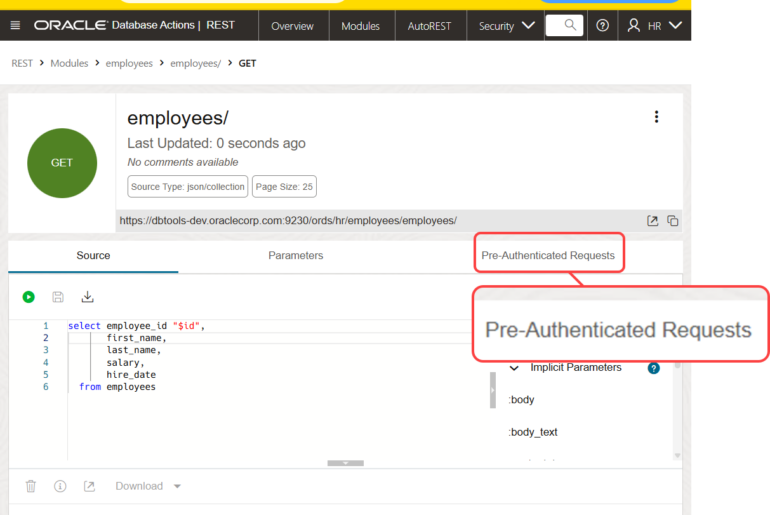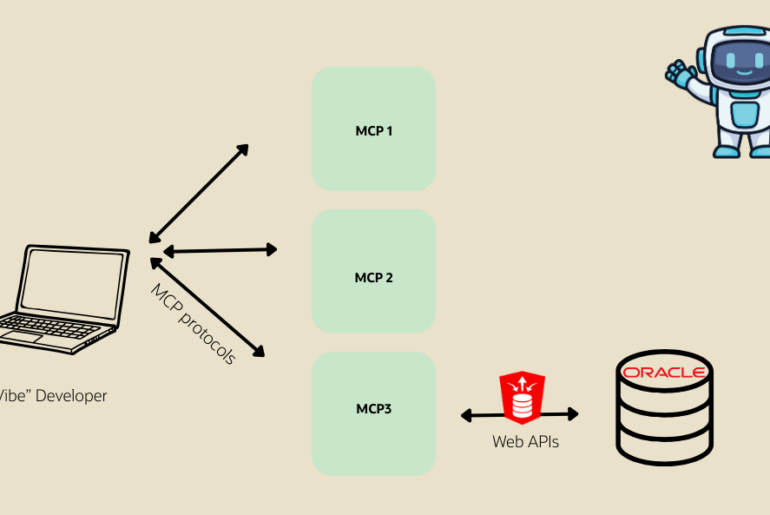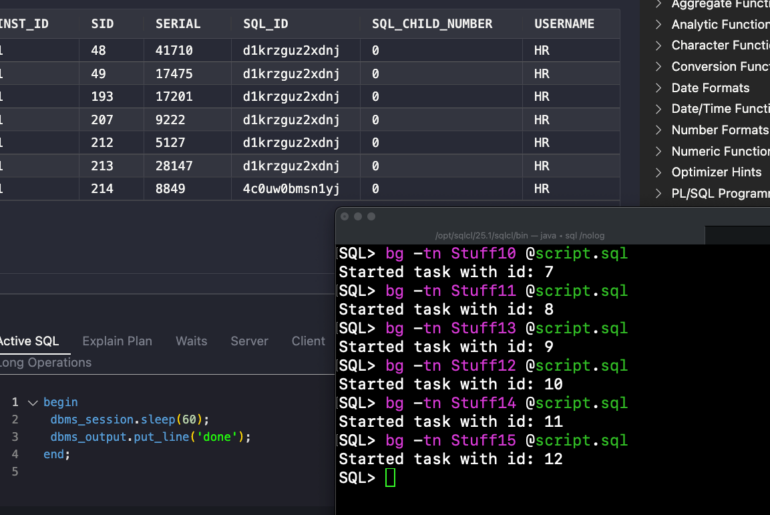Bequeath is an interesting word. It’s hard to pronounce for starters, or at least it is for me. So if you want to trip me up during a seminar, ask me about how to connect to Oracle sans Listener. Then you’ll get to hear me try to say
bi-ˈkwēth, -ˈkwēth, bē- from Merriam Webster
Your database hasn’t died (at least I hope it hasn’t, if it has, you’re in the wrong place). Instead, there’s a second, less morbid, definition for ‘bequeath,’:
2.: to hand down : transmit
Because I have the attention span of a small squirrel, this word and discussion of pronunciancion reminds me of a great scene from the Princess Bride where there’s a discussion around ‘true love’ vs ‘to blath.’
You can use BEQUEATH to connect to Oracle directly by bypassing the Listener
IF, and this is a big one, if you are on the same server as the database.
If the client and database exist on the same computer, then a client connection can be passed directly to a dedicated server process without going through the listener. This is known as a bequeath protocol. The application initiating the session spawns a dedicated server process for the connection request. This happens automatically if the application used to start the database is on the same computer as the database.
Note:
In order for remote clients to connect to dedicated servers, the listener and the database instance must be running on the same computer.
How to use Bequeath in Oracle SQL Developer
Set your drop-down to ‘Local/Bequeath.’ Supply your username and password.
That’s it!
If you have an OS Authenticated account, check the ‘OS Authentication’ option, no user or password required – apart from what you’ve used to log onto your machine.





